Incontinence and back pain have been found to occur together frequently. Whilst the direct connection between back pain and incontinence is still unclear, studies have shed some light into possible causes.
Did you Know?
Back pain affects nearly 1 in 10 people and becomes more common with increasing age
The Relationship between Bladder Function and the Back
Nerve impulses governing urinary function that originate from the base of the spine, or lower back, are communicated less efficiently or not at all with the pelvic organs. When the bladder doesn’t receive signals about holding and releasing urine, incontinence occurs as a result.
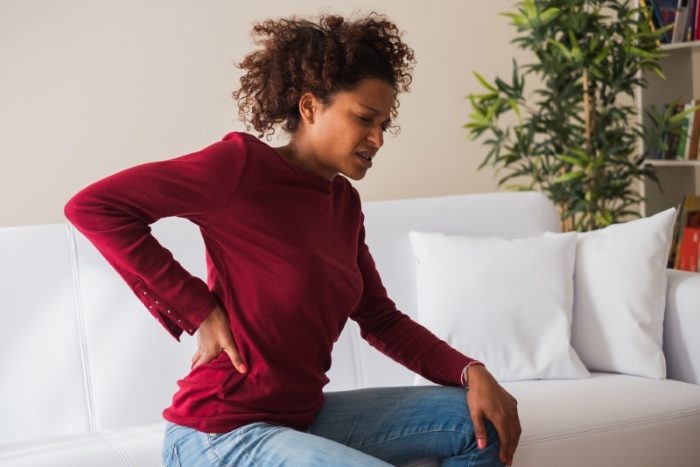
Some specialists have also considered that the activation of muscles in your abdomen may trigger back pain. This is due to reports of many people that back pain and pressure can cause episodes of incontinence. We also know that it is vital for all trunk muscles, including pelvic floor muscles, to function in coordination with one another for postural control and pain prevention.
Studies have shown that women with urinary incontinence are more than twice as likely to experience frequent back pain
One significant association between CBP and stress incontinence was found in a study in Kentucky. Data from a sample of 2,341 women from the Kentucky women’s health registry were used for analysis. Primary variables were self-reported chronic back pain and stress incontinence. Reports of stress incontinence were significantly higher in women reporting chronic back pain than those not reporting chronic back pain. This link has been supported by many other studies and cases, with conditions causing both symptoms thought to be a main factor.
Do you Experience Incontinence and Back Pain?
Post on our Forum for Expert Advice
Recommended Light Incontinence Products
- Designed for women with light to moderate incontinence
- Thin and discreet
- Double anti-leak barriers
From £3.75
- Ideal for light incontinence
- Slim and small in size
- Dry Fast Core
From £4.61
- Elasticated waist and soft cotton feel backsheet
- Anti-leakage protection cuffs
- Anatomical adaption
From £7.38
The following conditions are known to cause both incontinence and back pain:
Cauda Equina Syndrome
The nerves at the end of the spinal cord is known as the causa equina, due to its resemblance to a horse’s tail. The nerve roots at the end of the spinal cord that provide motor and sensory function to the legs and bladder continue along in the spinal canal. Cauda equina syndrome occurs when something compresses on the spinal nerve roots. This disrupts motor and sensory function to the lower extremities and bladder. The condition is often hard to diagnose, as symptoms vary and can take a long time to appear. Symptoms also mimic many other conditions, meaning many people get the wrong diagnosis. The European Spine Journal conducted a study of 75 people with CES, which found that urinary dysfunction was a symptom for 92% of the people.
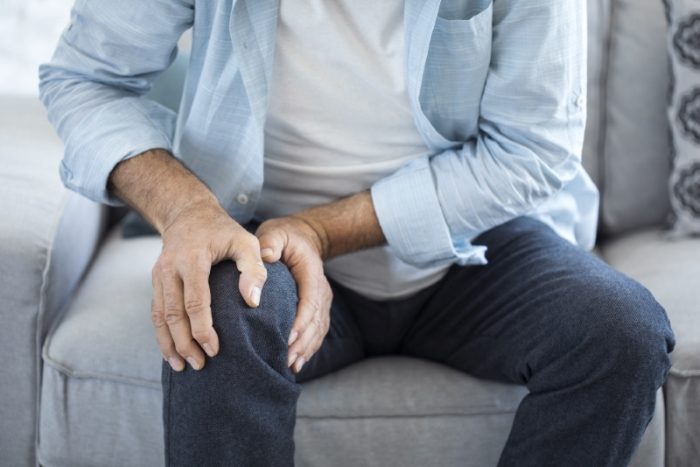
Common Symptoms of Cauda Equina Syndrome include the following:
- Severe low back pain
- Pain, weakness or numbness in one or both legs. This might cause you to stumble and have problems getting up from a chair
- Altered sensations in your legs, buttocks, inner thighs, backs of your legs or feet that is severe
- Paralysis below the area of the abscess
Interstitial Cystitis
This condition is a chronic bladder health issue, which causes a feeling of pain and pressure in the bladder area. It can also cause lower urinary tract symptoms that last a long time. Many people with interstitial cystitis also experience lower back pain, pain in the vulva or vagina for women, and pain in the scrotum for men.
Kidney Stones
Kidney trouble, including kidney stones, often causes lower back pain. Frequent urination or urge incontinence are other common symptoms, as kidneys travel down the tubes leading from the kidneys to the bladder. This creates blockages, making it difficult to pass urine properly.
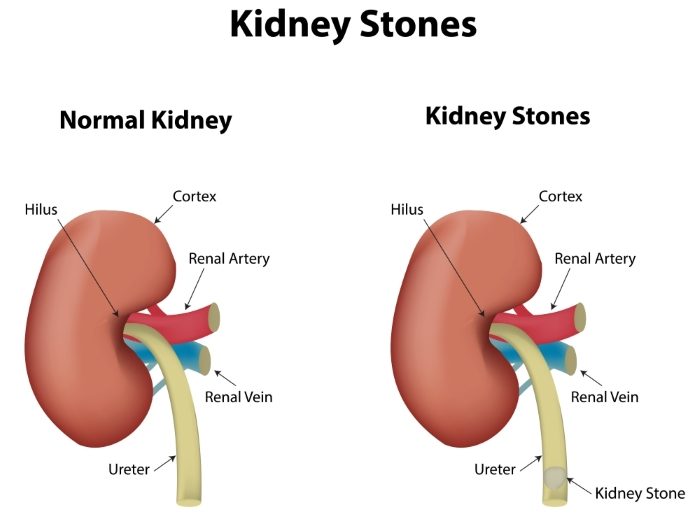
Symptoms of a large kidney stone include:
- Persistent ache in your lower back or groin
- Feeling generally uncomfortable or restless
- Nausea
- Intense pain that comes in waves in your back, abdomen or groin that can last for several minutes or several hours
- The need to urinate more often
- Passing small amounts of urine
- A burning sensation when urinating
- Blood in the urine
Abscess
This pocket of pus that develops in the epidural or spinal spaces around the spinal cord. Several layers of tissue protect the spinal cord, with the spaces in-between being subject to infection. Symptoms of an abscess include sudden onset of pain and loss of sensation below the area of the abscess. This lack of sensation can therefore loss of control over the bladder and bowel.
Spinal Tumor
This is a growth of cells developing in or around the spine. As they press on the spinal nerves, they can affect the central nervous system. Tumours in the lower part of the spinal cord often cause loss of bladder and bowel control as a result. The tumors are sometimes cancerous, however this is not always the case.
Read our Guide to the Link Between Spinal Injury and Incontinence
Although many studies have focused on the relationship between back pain and incontinence, the topics should be brought to the attention of clinicians. This will further improve the search for neurological mechanisms to explain the phenomenon.
Popular Heavy Incontinence Products
- Belted Pad
- Breathable Textile Back Sheet
- Anatomically shaped core
From £13.05
- Belted All in Ones
- Superfit Waist Belt
Range from £18.28 to £30.15
Shop on Allanda
- Fixation Tabs for Security
- Soft Cotton Feel
Range from £4.60 to £16.84
Shop on Incontinence Supermarket
Originally posted 2019-10-10 11:29:26.

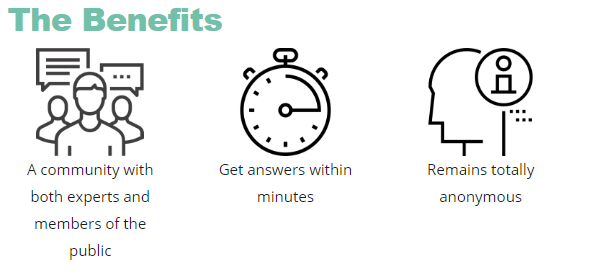
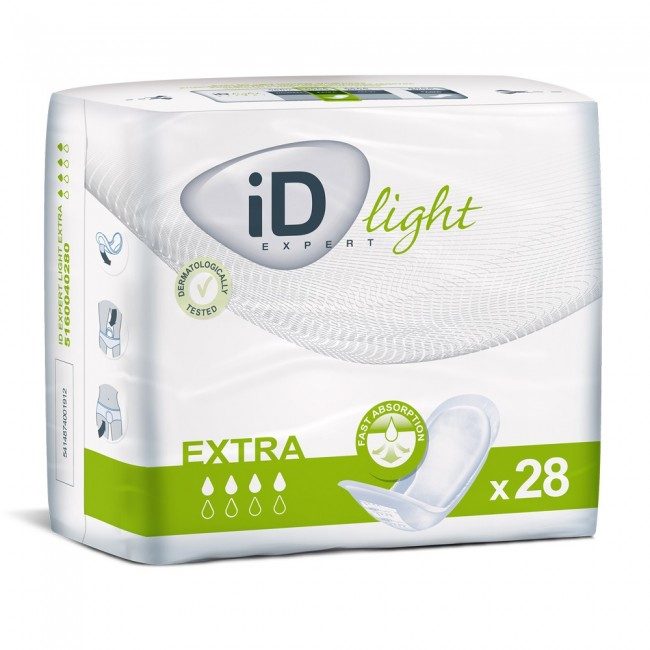
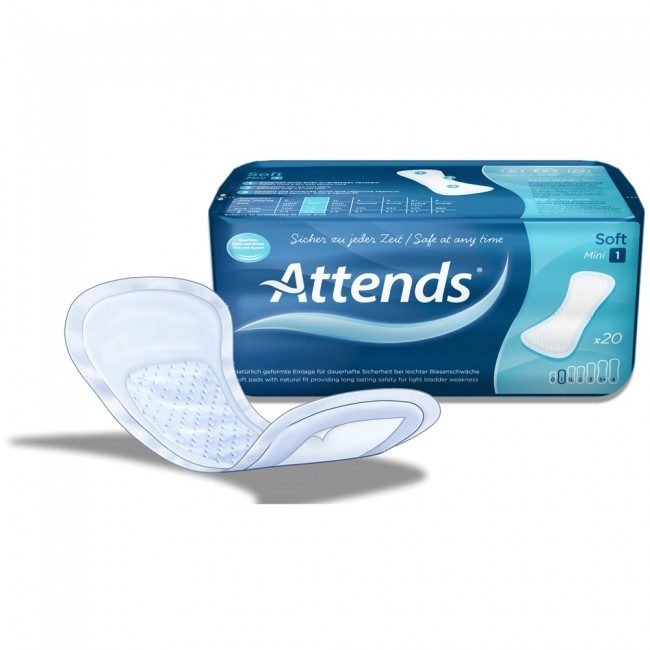
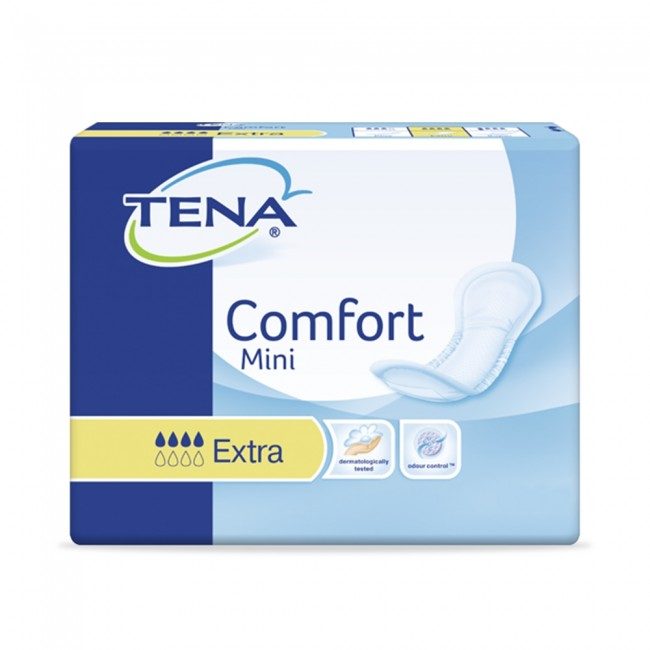
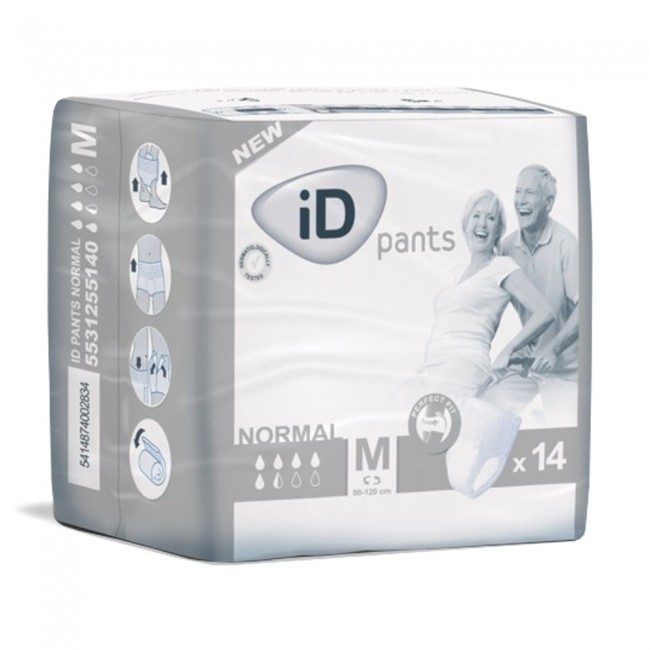
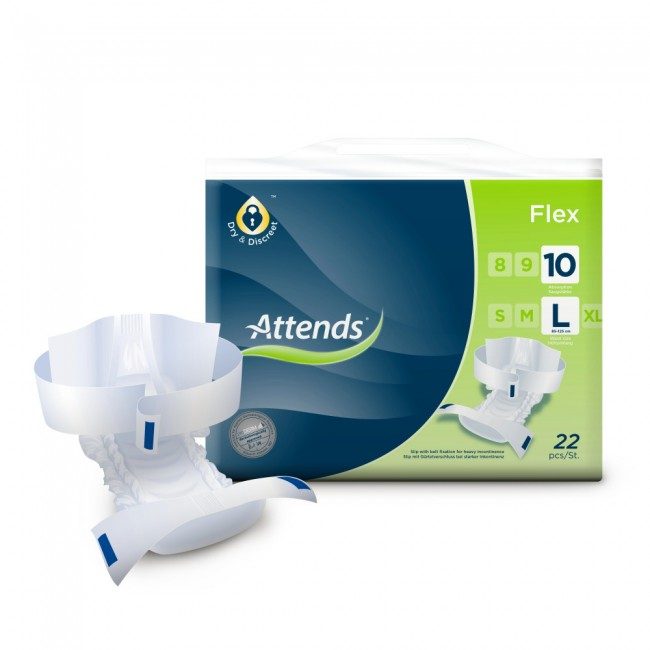
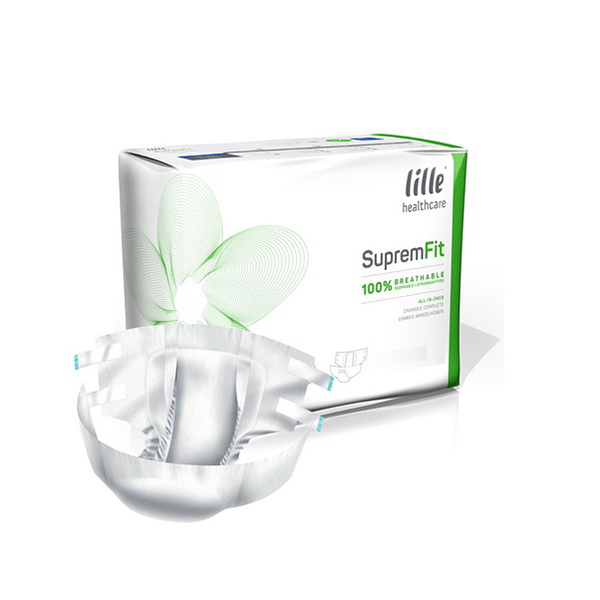
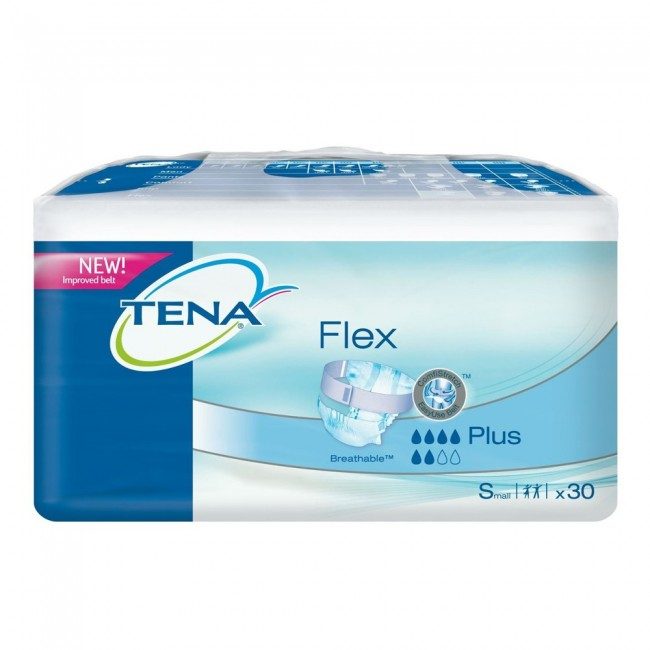
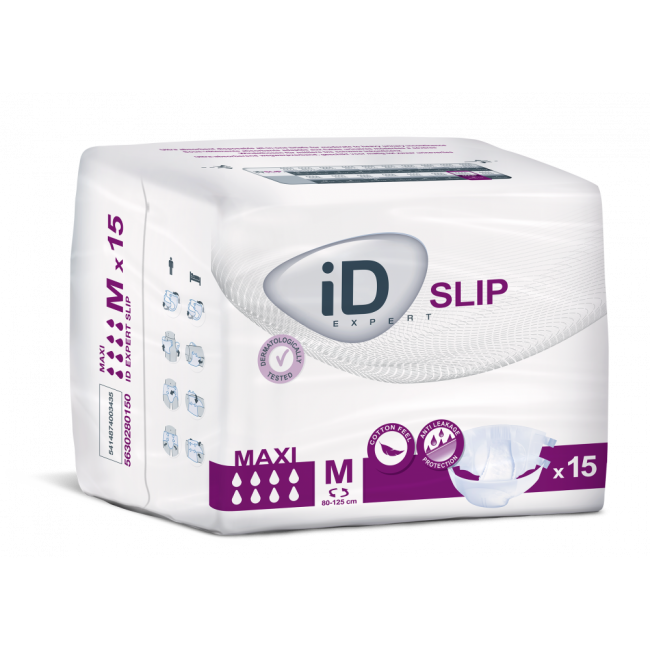
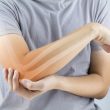

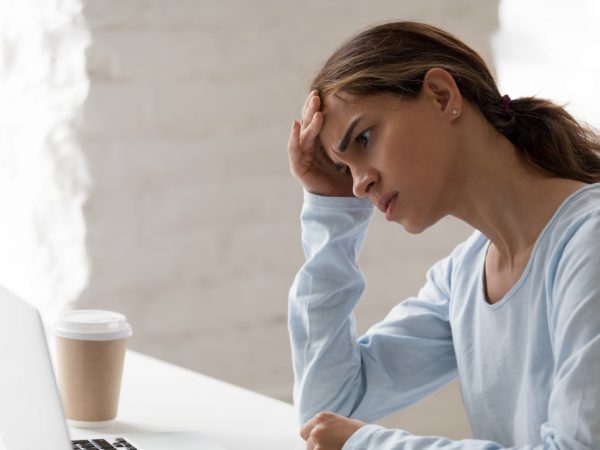

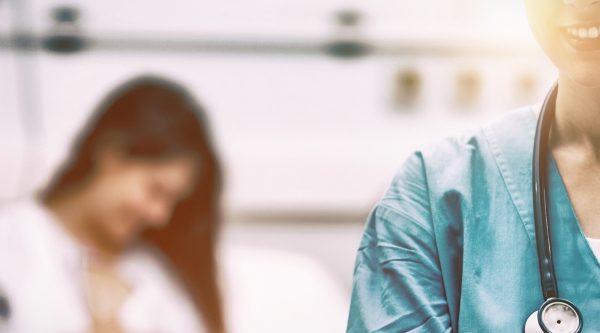
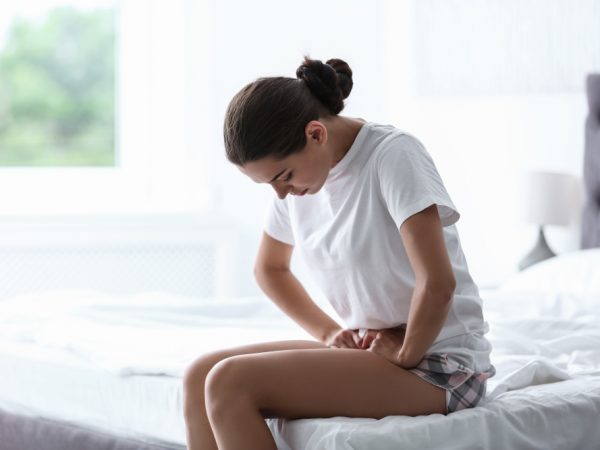

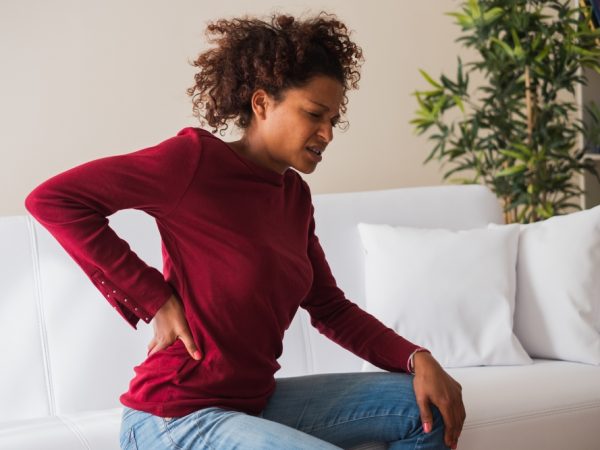



Leave a Reply